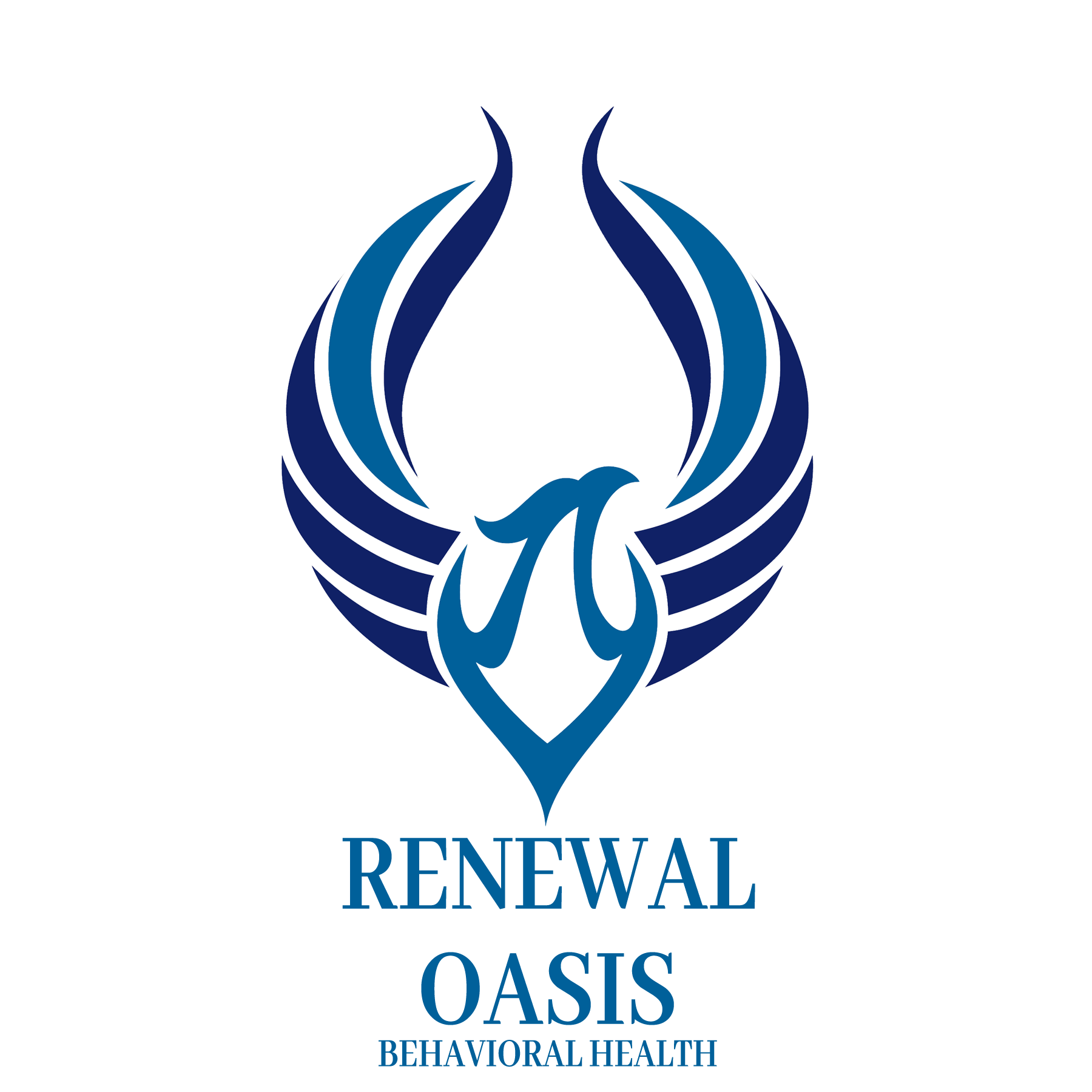When someone experiences anxiety, it can cause several types of symptoms. The emotional results can be quite obvious, but do they go beyond that? Anxiety can indeed cause physical symptoms that can feel distressful. Can you develop shortness of breath from anxiety? Renewal Oasis explores this question and what to do if you find your life has become overwhelmed by anxiety.
Can Anxiety Cause Shortness of Breath?
Yes, a possible symptom of anxiety can be shortness of breath. However, having trouble breathing can be caused by a number of other health issues.
How to Tell if My Shortness of Breath is Caused by Anxiety
Anyone experiencing shortness of breath should first make sure to rule out any medical cause that needs treatment by a physician. Once they do that, they can have an easier time identifying when their anxiety is surfacing as this symptom. However, you can usually tell if your shortness of breath is from anxiety if it happens during or right after a particularly stressful event. For example, if you are feeling pressure at work or in school, just had a fight with someone you care about, heard bad news, or have a financial crisis, these experiences can result in symptoms of anxiety. As well, if you feel panicky about an upcoming event or a social situation that makes you feel uncomfortable, you may experience shortness of breath.
Shortness of breath can happen as part of a panic attack and also be accompanied by other anxiety-related symptoms, such as increased heart rate, shakiness, numbness of hands or feet, chest pains, and dry mouth. As scary as panic attacks can be, they are temporary. If you find your shortness of breath subsides after a short while, along with other symptoms, it may be caused by anxiety.
Breathing Exercises to Help Shortness of Breath from Anxiety
If someone experiences shortness of breath during anxiety attacks, there are helpful breathing exercises that can help them return their breathing to normal. They take practice to become comfortable doing, and the individual may try several before they find the one(s) that work best for them.
Breathing exercises to try include:
4-4-4 Breathing: Also called box breathing, the person inhales for four seconds, holds it for four seconds, then releases it for four seconds. Repeating this pattern several times helps restore normal breathing.
4-7-8 Breathing: This is similar to 4-4-4 breathing. The person inhales to the count of four, holds their breath for seven seconds, and then exhales for eight seconds. Many people do this exercise to release anxiety and as a pre-bedtime ritual.
Pursed-Lip Breathing: The person inhales slowly through the nose for two seconds while keeping their mouth closed. They then purse their lips as if they were about to sip through a straw and exhale through their mouth for four seconds.
Can Treatment Help Anxiety?
Treatment for anxiety is available and can truly turn a person’s life around. There are different types of anxiety disorders that include:
- Generalized anxiety disorder
- Panic disorder
- Social anxiety disorder
- Separation anxiety disorder
- Phobias
Each one can respond positively to treatment provided by mental health professionals. This includes different types of therapy, beginning with individual therapy. This pairs the individual with a licensed counselor who knows how to treat anxiety disorders. The therapist creates a safe space for the person to talk about how anxiety manifests in their life and what triggers it. From there, they can learn how to work on resolving ongoing issues and develop healthy coping skills to minimize their symptoms.
Cognitive Behavioral Therapy (CBT), in particular, can assist in learning to control anxiety. CBT helps modify how a person thinks and behaves and takes the focus off fear. The individual learns to reason their way out of emotional reactions, which provides a skill in avoiding succumbing to anxiety every time it surfaces.
Other types of therapy that work well for treating anxiety include group therapy because it allows people to engage in peer support with others who understand how they feel. Family therapy can also help because it brings family members together to help them understand how to help their loved ones. Therapists teach everyone to communicate more effectively and deal with unresolved family issues that my cause anxiety in more than one family member.
Finally, using FDA-approved medications often helps ease the symptoms of anxiety. Some people only need a medication for a short period of time, while others benefit from long-term usage.
Contact Our Anxiety Treatment Facility in Palm Desert, California
Have you experienced shortness of breath from anxiety and other symptoms that feel frightening and out of control? Renewal Oasis Behavioral Health provides quality treatment for people with a variety of types of anxiety disorders. We understand how overwhelming anxiety feels and how it can make you feel like there’s no way out. Our staff of experienced therapists meets with you to understand how anxiety impacts your life and how we can help you learn to manage it. We give you access to multiple types of evidence-based therapies and any necessary prescription medications that help ease your mind and feel better physically.
Getting help for anxiety is as easy as getting in touch with us. Contact us now and let one of our friendly admissions staff members answer your questions about how to start healing yourself.



